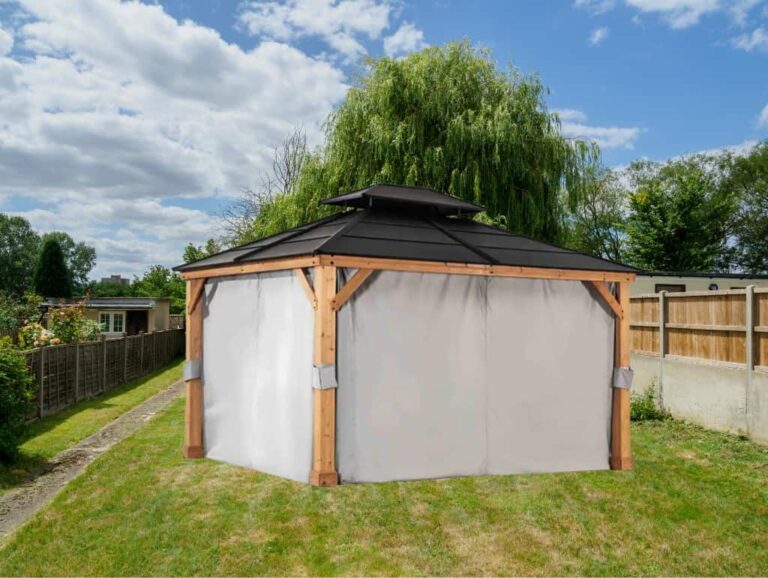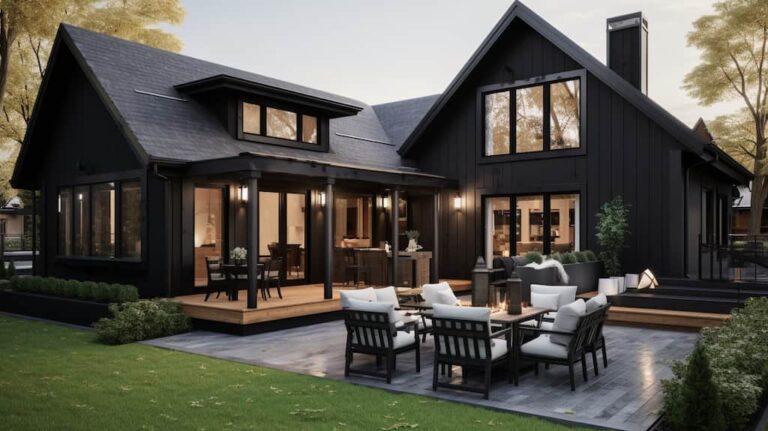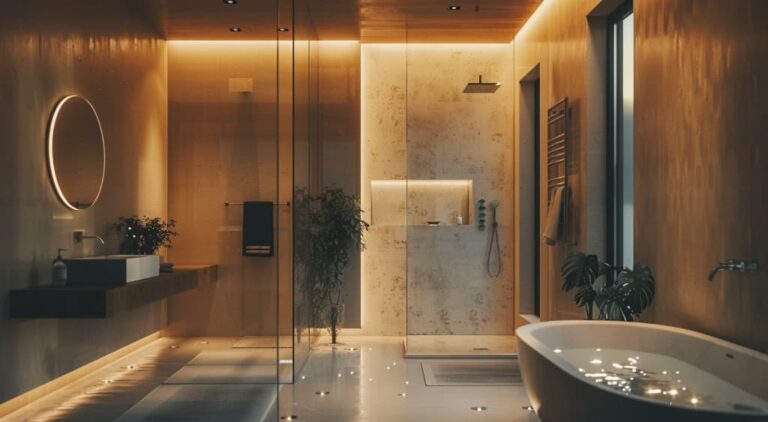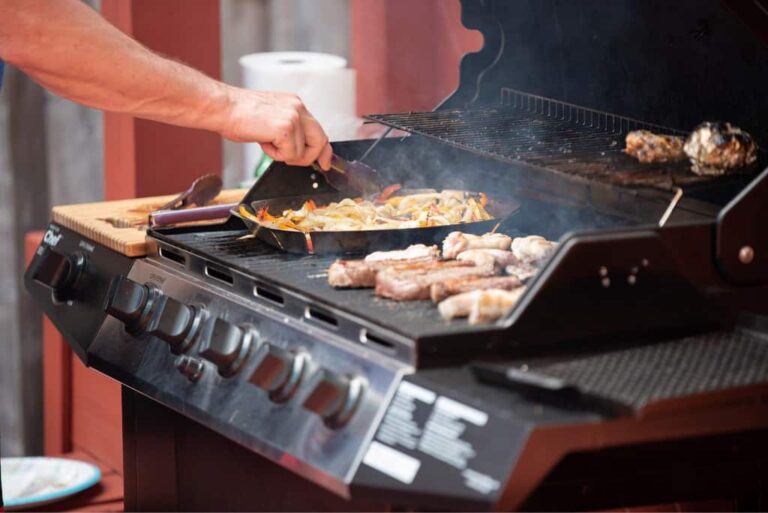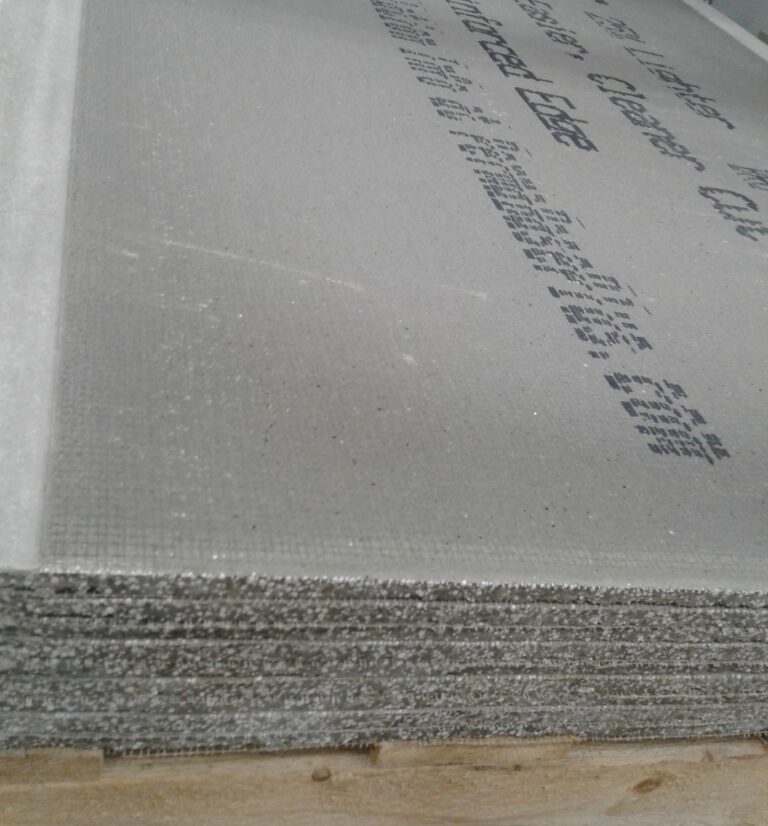Vinyl Vs Fiber Cement Siding: Top 5 Comparisons
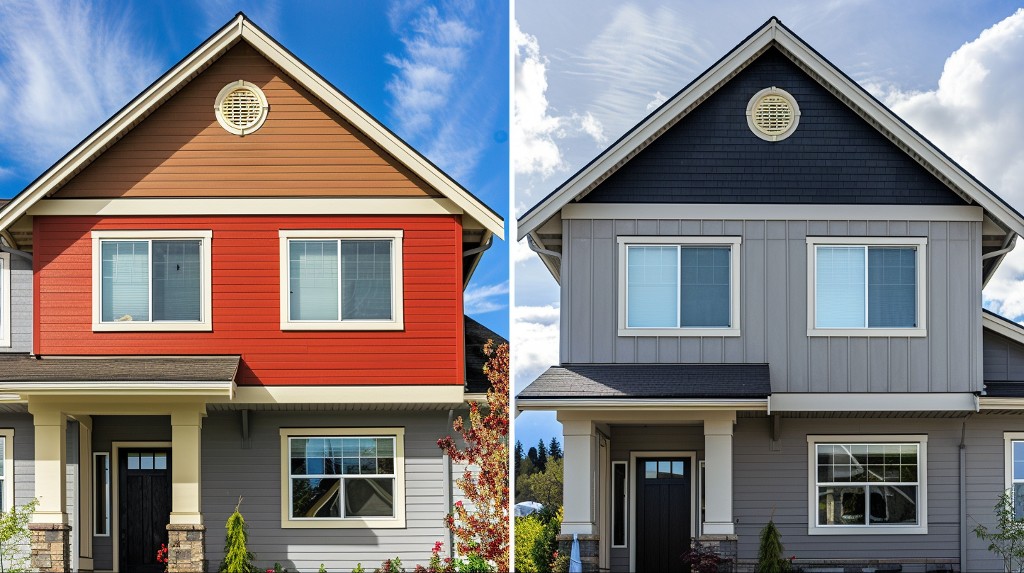
Choosing the right siding for your home is a pivotal decision affecting its appearance and durability. I’ve seen firsthand how vinyl and fiber cement siding can influence a home’s maintenance, longevity, and curb appeal. Each material offers unique benefits and challenges; understanding these differences is critical to making an informed decision. In this comparison, we’ll break down the top five aspects you need to consider: cost, environmental impact, durability, aesthetics, and installation. Whether building new or renovating an existing structure, the right siding can dramatically enhance your home’s value and appeal. Ready to find out which siding material is best suited for your needs?
Aesthetic Differences
When choosing between vinyl and fiber cement siding, consider that fiber cement offers a traditional look reminiscent of natural wood, while vinyl provides a broad spectrum of colors and styles. The traditional aesthetic of fiber cement siding can significantly enhance your home’s curb appeal, echoing the timeless beauty of natural wood textures. It’s particularly suited if you’re aiming for a classic or rustic vibe. In addition, fiber cement siding holds paint well, allowing for color changes that can keep your home looking fresh and updated over the years.
On the other hand, vinyl siding shines with its vast array of color choices and styles. Whether you’re looking for a bright, bold hue or a subtle, soft shade, you’ll find more options with vinyl. It also comes in various textures and finishes, resembling wood grain and traditional shingles. This versatility means you can achieve almost any look you desire without straying from the benefits of modern materials.
Both options offer great aesthetic appeal, but your final choice might be whether you prefer vinyl siding’s broader color palette and styles or the authentic, paint-friendly surface of fiber cement siding.
Cost Analysis
Vinyl siding is generally more cost-effective, ranging from $3 to $12 per square foot, compared to fiber cement siding, which typically runs between $5 and $14 per square foot. When considering the initial outlay, vinyl siding costs less, making it a popular choice if you’re on a tight budget. However, pay attention to the ongoing maintenance costs and repair costs, which can influence your overall expenses.
Fiber cement siding, although pricier upfront, tends to have lower maintenance costs, ranging from $4 to $7 per square foot annually. This is because it’s less prone to damage from environmental factors than vinyl siding, whose repair costs vary between $2 and $4 per square foot. Despite the higher initial investment, fiber cement siding might offer savings in the long run due to its extended lifespan and durability.
It would be best if you also considered how these costs play out over time. Vinyl siding’s low maintenance requirements mean fewer yearly expenses but potentially more frequent repairs. In contrast, fiber cement’s robustness can mean fewer repairs, albeit with a higher initial cost. Balancing these factors will help you make the most cost-effective decision for your home siding needs.
Durability Comparison
Fiber cement siding notably outlasts vinyl, boasting a lifespan of up to 50 years compared to 30-40 years for vinyl. This impressive durability isn’t just about lasting longer; it’s also about standing up better to various forms of wear and tear. Fiber cement is highly resistant to water damage, essential if you live in an area prone to heavy rains or flooding. This material doesn’t just resist water; it’s also impervious to pests and rot, which can greatly shorten the lifespan of less sturdy siding options.
Moreover, fiber cement offers superior temperature resistance. Whether blistering heat or cold, this siding maintains its integrity far better than vinyl, which can become brittle in extreme cold and may warp or melt in high heat. This temperature resilience contributes significantly to fiber cement’s energy efficiency, helping to keep your home more comfortable while potentially lowering energy bills.
Installation Procedures
When comparing vinyl installation with fiber cement siding, it’s important to recognize that it usually necessitates professional handling because of its weight and specific cutting requirements. You’ll need experienced contractors who can manage its heavy panels and guarantee precise cuts, which requires specialized tools. This material isn’t typically suited for a DIY project due to these complexities and the importance of proper installation to avoid future issues.
On the other hand, vinyl siding offers a more user-friendly experience. It’s lightweight and designed for easy handling, making it a popular choice for DIY enthusiasts. You can tackle this as a weekend project, saving on labor costs and enjoying the process of upgrading your home’s exterior yourself.
However, remember that choosing to install vinyl siding yourself doesn’t exempt you from following the correct installation guidelines. It’s essential to ensure each panel is securely fixed to prevent damage from weather conditions. Opting for vinyl might seem straightforward, but incorrect installation can lead to problems down the line, affecting both the appearance and longevity of the siding. Always weigh your ability to meet the technical requirements against the potential need for professional installation.
Environmental Impact
Considering the environmental impact, vinyl siding, primarily made from PVC, offers fewer eco-friendly benefits than fiber cement crafted from sustainable materials. Fiber cement siding includes components like Portland cement, wood pulp, and silica sand, all contributing to a smaller ecological footprint. You’ll find that these materials not only enhance the sustainability of your home but also improve its energy efficiency.
Fiber cement siding’s composition of cellulose fiber and other natural elements means it doesn’t rely on fossil fuels for production, unlike vinyl siding. This independence from non-renewable resources markedly reduces the overall environmental impact of your siding choice. Additionally, the production process of fiber cement siding emits fewer pollutants than vinyl manufacturing, which is heavily dependent on chemical processes involving PVC.
As you weigh your options, remember that choosing fiber cement not only helps in conserving natural resources but also offers better R-values. This improvement in thermal efficiency can lead to reduced energy costs, especially in extreme weather conditions, making fiber cement a more sustainable and cost-effective choice in the long run.
Frequently Asked Questions
Which Is Better, Fiber Cement or Vinyl Siding?
You’re asking which is better, and it depends on your needs. Vinyl is cheaper and easier to install, while fiber cement lasts longer and is more durable. Consider your budget and preferences.
What Are the Disadvantages of Fiber Cement Siding?
Fiber cement siding requires more upkeep, including frequent painting and caulking. It’s also heavier, making installation tougher and more costly. Additionally, it’s not recyclable, impacting its environmental friendliness.
Is Vinyl or Hardie Siding Better?
You’re deciding which siding to choose, and it’s important to know that vinyl siding is cheaper and easier to install, while Hardie siding offers superior durability and fire resistance. Consider your priorities and budget.
Does Fiber Cement Siding Add Value to Home?
Yes, fiber cement siding adds significant value to your home by enhancing durability, curb appeal, and overall marketability, potentially increasing resale value and making it a desirable choice for long-term investment.
Conclusion
When choosing between vinyl and fiber cement siding, consider what matters most.
If you’re after a cost-effective, versatile option, vinyl’s your go-to. But for durability, a classic look, and eco-friendliness, fiber cement is unbeatable.
It’ll cost more upfront and might be trickier to install, but the long-term savings and reduced environmental impact make it worth it.
Weigh these factors based on your budget, style preference, and commitment to sustainability to make the best choice for your home.
